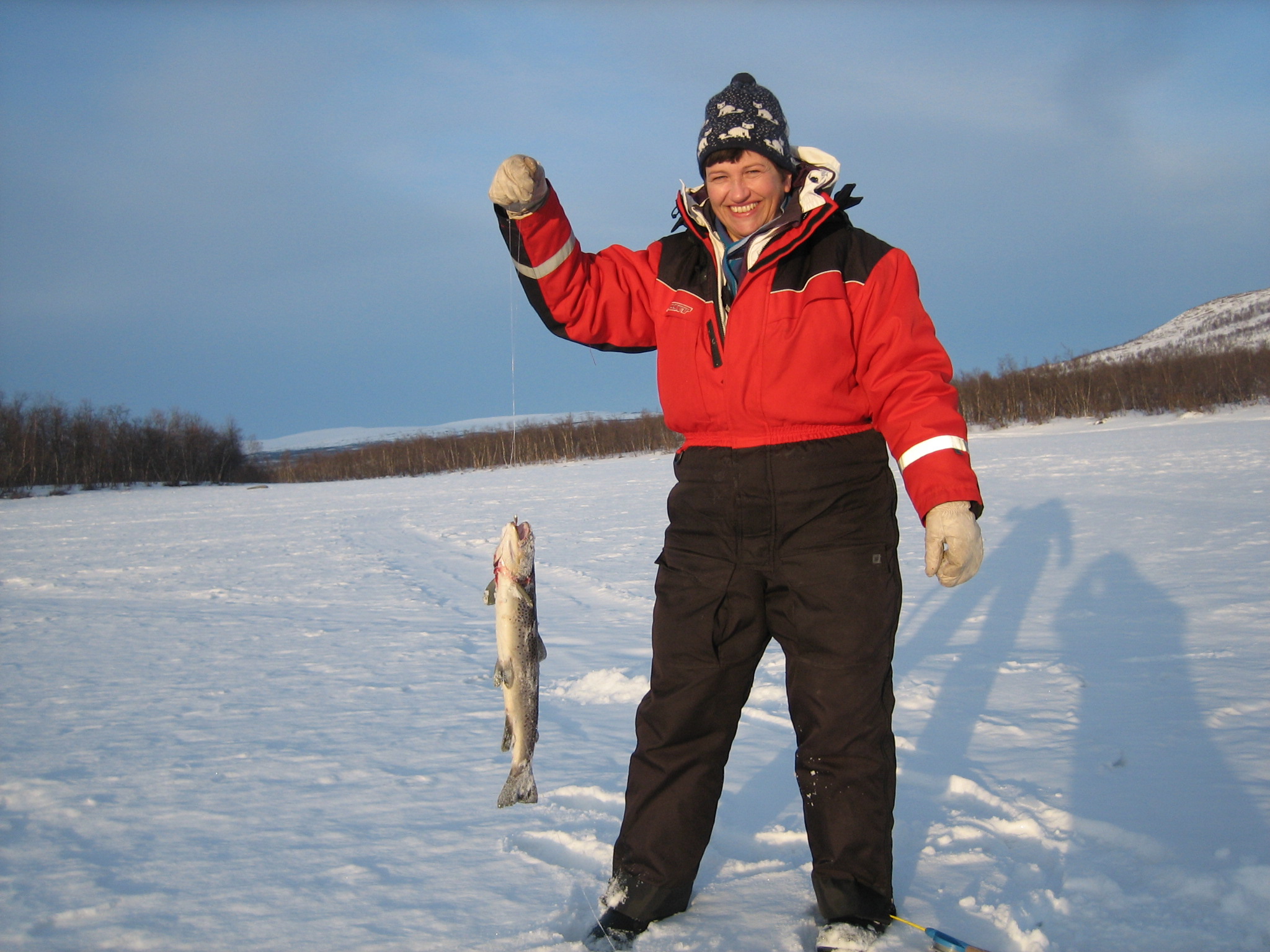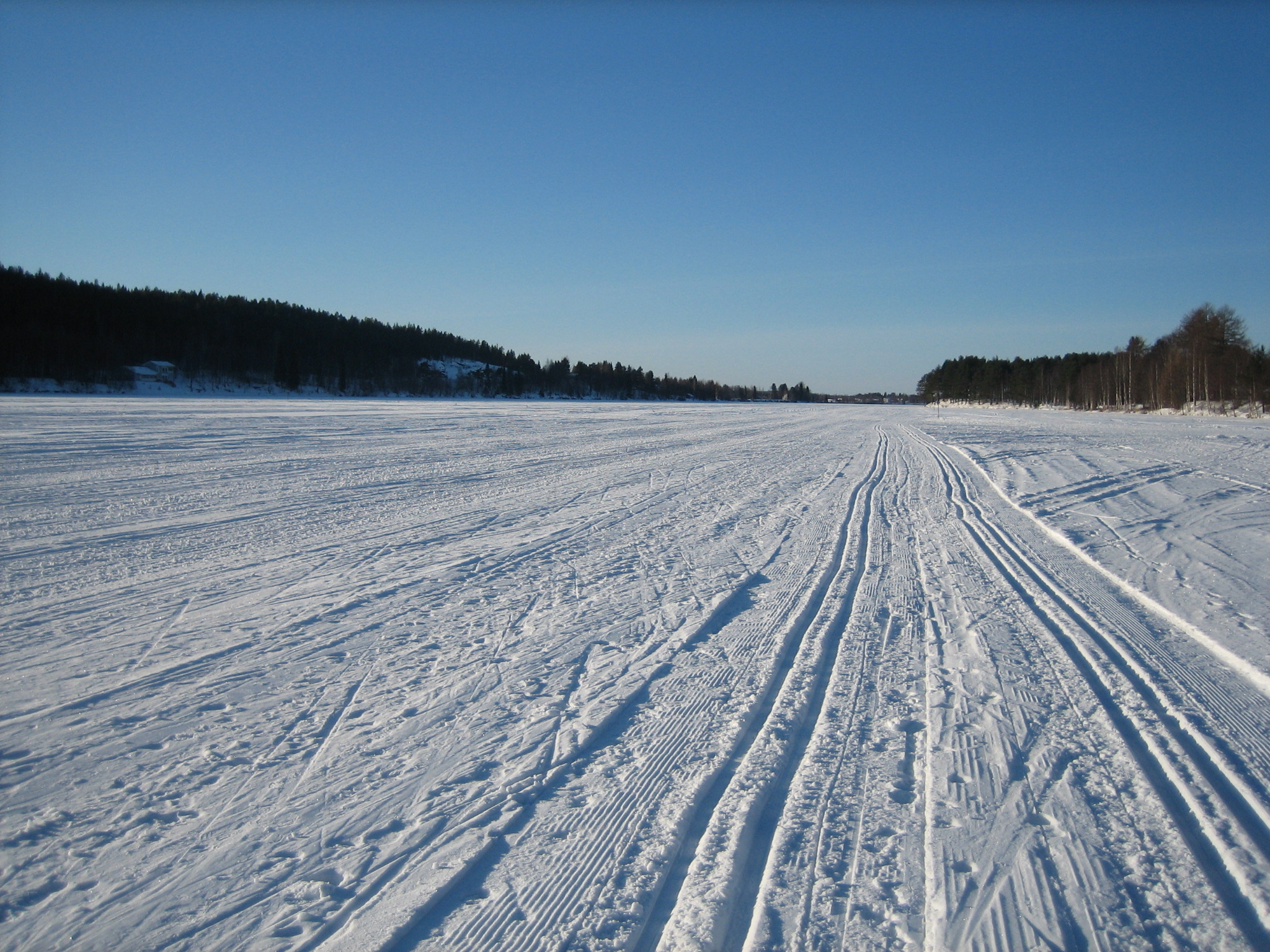As you visit Lapland and Rovaniemi you can see them everywhere. The snowmobiles. Would not that be nice to test? A snowmobile ride is easy to attend even for beginners. You have to have a driver’s licence for cars, though. You just join one of the guided tours sold by the safari companies in Rovaniemi or in other places in Lapland. One of the biggest is
Lapland safaris. Others are
Safartica and
Arctic circle snowmobile park. They all arrange unforgettable snowmobile safaris during the winter, both for beginners but also for more adventurous and experienced customers. You can choose just a snowmobile ride, but it is also nice to visit a reindeer farm or a husky farm or even go on a guided ice-fishing safari to a wilderness lake.

Snowmobiles are manufactured in Rovaniemi, by the BRP Finland Oy company. Two snowmobile brands manufactured in Rovaniemi are Lynx and SkiDoo.
The safaris I have attended have started from the shore of the frozen river Kemijoki in the city center of Rovaniemi. Once I went on a safari by snowmobile to a reindeer farm and once by snowmobile on an ice-fishing trip.
The first thing (after booking and paying, of course) is to get the suitable outfits. You actually do not need any of your own, just come as you are, and the safari company provides you with everything needed to keep you warm and safe on a snowmobile safari. There are dresses, boots, gloves, balaclavas, socks and scarves for every size and on top of everything you get a helmet to protect you from head damages in case something goes wrong.
 After that the group (2-15 persons) gathers outside the safari company and you get the first look at the huge snowmobile parking of hundreds of snowmobiles. The tour guide presents himself (or herself) and after that the training begins. The guide sorts out who is the beginner and who has done snowmobiling before. You have either ordered a trip with an own snowmobile or you have chosen to share it with someone. You can sit two persons on one snowmobile. You will get to know the important hand signs that are used during the trip for slowing down, stopping and continuing again. There will be one guide in the lead and one guide follows in the end of the row. They start up the engines of the snowmobiles and the safari can start.
After that the group (2-15 persons) gathers outside the safari company and you get the first look at the huge snowmobile parking of hundreds of snowmobiles. The tour guide presents himself (or herself) and after that the training begins. The guide sorts out who is the beginner and who has done snowmobiling before. You have either ordered a trip with an own snowmobile or you have chosen to share it with someone. You can sit two persons on one snowmobile. You will get to know the important hand signs that are used during the trip for slowing down, stopping and continuing again. There will be one guide in the lead and one guide follows in the end of the row. They start up the engines of the snowmobiles and the safari can start.



In the beginning the snowmobiles move slowly out on the ice of the river Kemijoki and out there on the ice, the guide starts speeding up a bit. He follows up how the group joins him and takes care of the beginners. It is really not hard to drive a snowmobile even if it is your first time. After a while the tour guide makes the row of snowmobiles slow down and stop. Just to check everyone is ok and everything works as supposed. There is also the possibility to switch driver if you are two on one snowmobile.
An ice fishing safari goes to a wilderness lake. The safari heads north on a marked snowmobile trail that takes you along the frozen river Ounasjoki and through snowy forests up into the hills, where you can admire the beautiful surrounding countryside of Lapland. You follow the trail through white, snow-covered fields and finally arrive at a small wilderness lake.
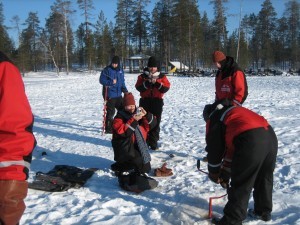 On the ice-fishing safari the tour guide has all the equipment needed and he guides you how to make your hole and start fishing. Catch is not guaranteed, but most likely for patient fishermen. Anyway you can enjoy the wilderness and the beautiful nature around you.
On the ice-fishing safari the tour guide has all the equipment needed and he guides you how to make your hole and start fishing. Catch is not guaranteed, but most likely for patient fishermen. Anyway you can enjoy the wilderness and the beautiful nature around you.
A reindeer farm safari goes south from the center of Rovaniemi, following official snowmobile trails, via a couple of small lakes and through the forest to the farm.
After a safe and nice trip you will arrive to the goal. On a reindeer farm you will meet the owner and he or she will tell you about the reindeer and you can go on a short reindeer drive.




The safaris also includes warm beverages by the fireplace and also possibilities to fry your sausages or eat a sandwich. You can even prepare the catch by the open fire. Some customers prefer to bring their caught fish to their hotel and have it prepared in the hotel kitchen for dinner.

The return to Rovaniemi is usually a faster ride, as the customers have learned how to ride the snowmobile and many of course also want to test and speed it up a bit. On the open ice of the river there is safe to speed it up, but through the forest you better follow the tour guide’s advice and he knows how to ride safe there.










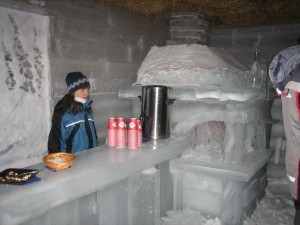




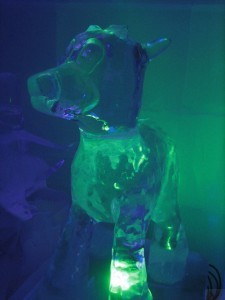







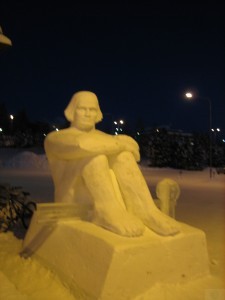
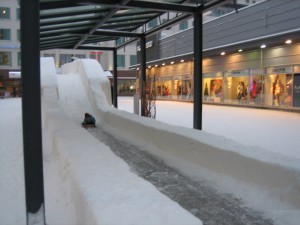


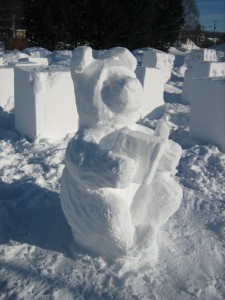


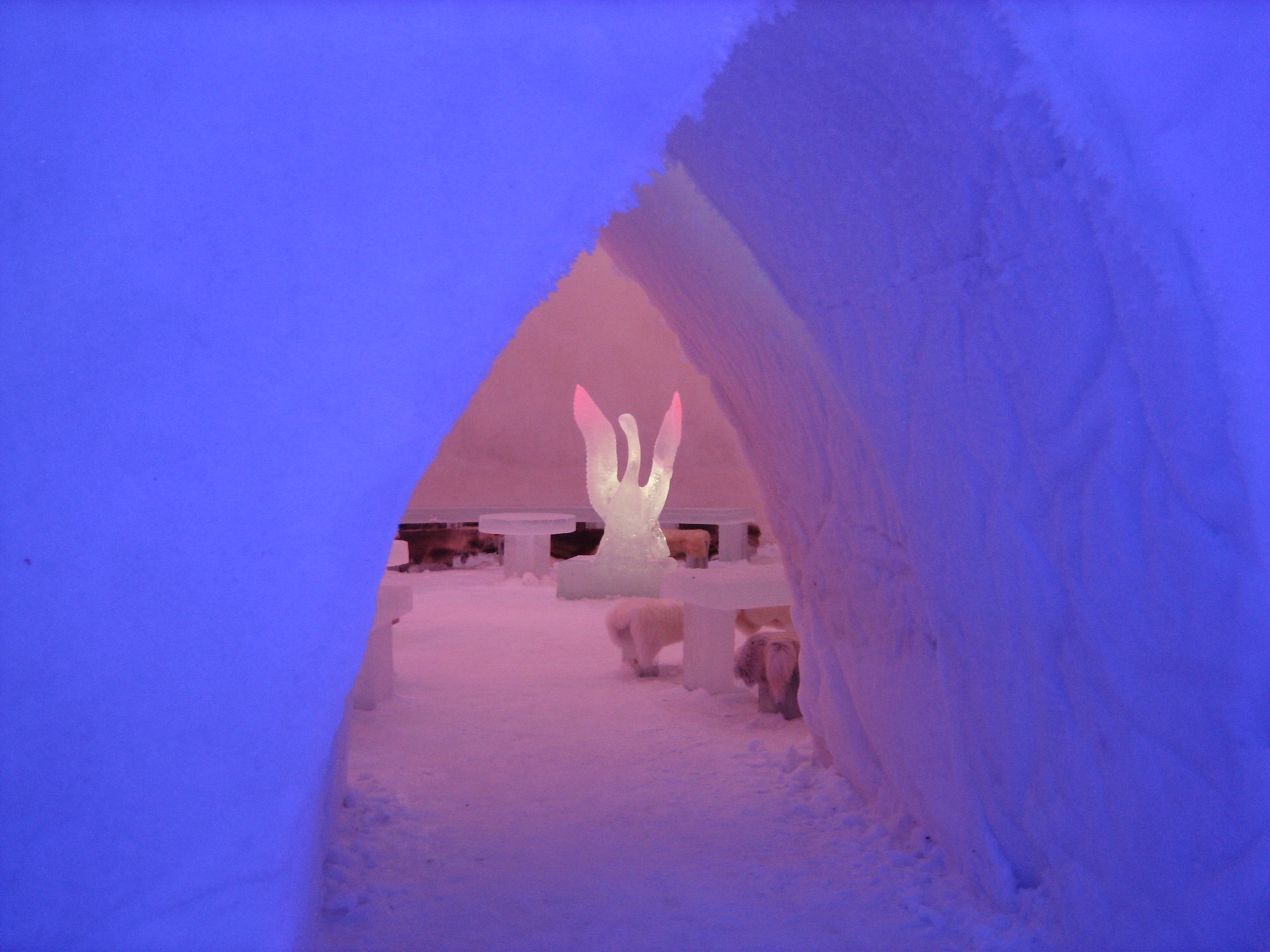


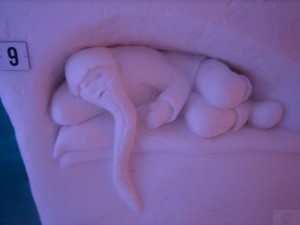




 To find this Pyytöuoma, you drive by car along road nr 81 from Rovaniemi towards
To find this Pyytöuoma, you drive by car along road nr 81 from Rovaniemi towards 












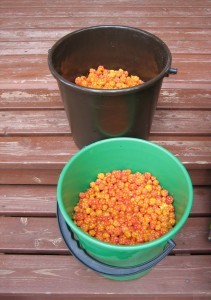

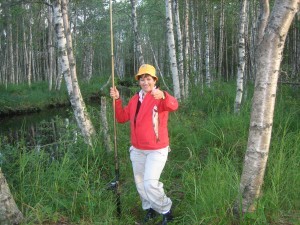
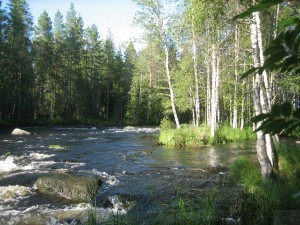

























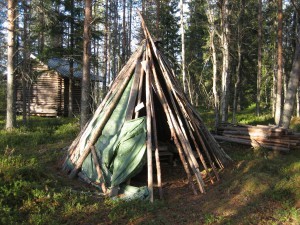


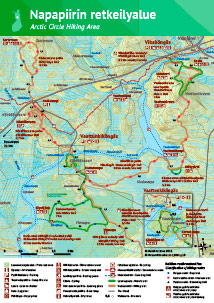 ”
”


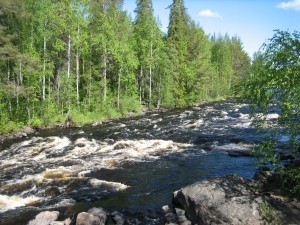











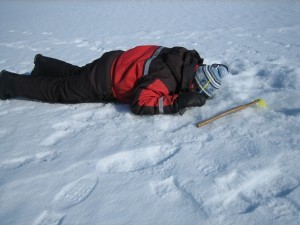






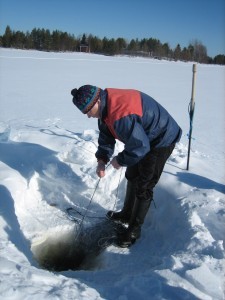


 pike or perch on winter net fishing, but also salmon and pike-perch is possible to get, and also this ugly, but delicious fish, living on the bottom of the lake is a good catch; burbot.
pike or perch on winter net fishing, but also salmon and pike-perch is possible to get, and also this ugly, but delicious fish, living on the bottom of the lake is a good catch; burbot.




 On the ice-fishing safari the tour guide has all the equipment needed and he guides you how to make your hole and start fishing. Catch is not guaranteed, but most likely for patient fishermen. Anyway you can enjoy the wilderness and the beautiful nature around you.
On the ice-fishing safari the tour guide has all the equipment needed and he guides you how to make your hole and start fishing. Catch is not guaranteed, but most likely for patient fishermen. Anyway you can enjoy the wilderness and the beautiful nature around you.






